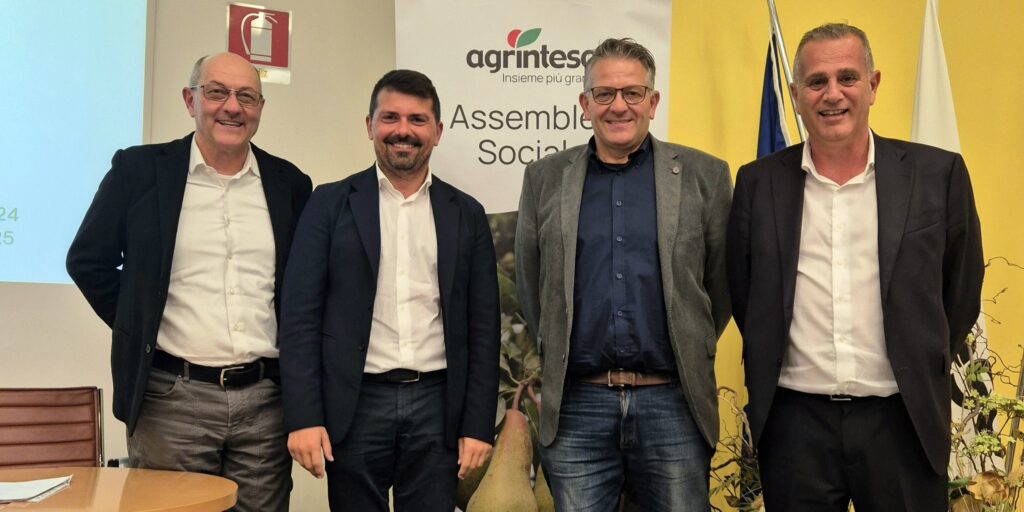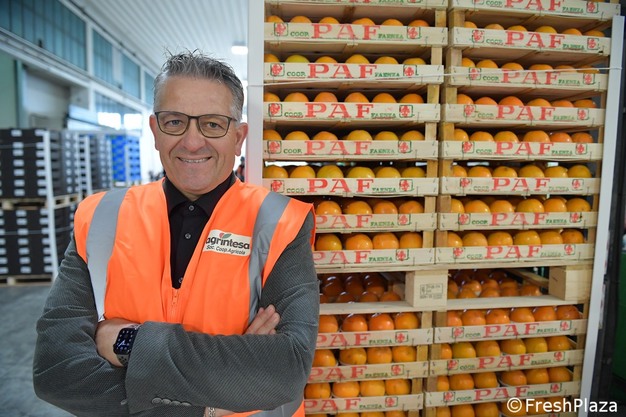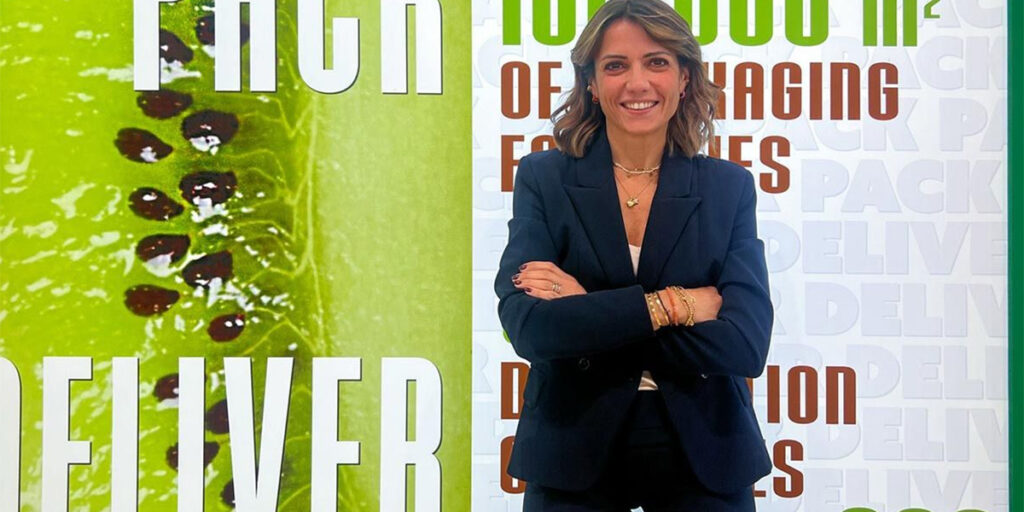In a challenging season for the cherry sector, marked by frosts and adverse weather conditions in Italy and major producing countries, Agrintesa rejoices in a quality production in which it has combined resilience and strategy. The cooperative, which has 3,800 members and accounts for more than 50 percent of the production and marketing of the Vignola Cherry PGI, estimates a total availability of 25,000 quintals of product, guaranteeing the Alegra Group a supply of high quality, good caliber cherries.
The figure is even more relevant when considering the context: in southern Italy, Puglia lost 70 percent to 100 percent of its harvest due to spring frosts, and Spain, Turkey and Greece also experienced production declines due to abnormal weather patterns. Pier Giorgio Lenzarini, president of Alegra, whose Group brings together three specialized companies (Alegra, Brio, and Valfrutta Fresco), said, “Our ancestors understood that joining forces is important, and they passed this principle on to us. We go beyond controversy, including the one at the beginning of the year in which there was talk of speculation about high prices. But it is necessary to talk, if anything, about costs: the cherry does not fly from the tree to the consumer’s plate. There is a supply chain that has to be sustainable.”
“What really makes the difference are the investments made over time by our members: rain covers, anti-insect, anti-hail and active defense systems,” explained Enrico Bucchi, general manager of Valfrutta Fresco, during Cherry Day held Thursday, June 12, at the Agrintesa plant in Castelfranco Emilia (Modena). “Those who did not make these choices today find themselves without product. We, on the other hand, can respond to a demand that remains high despite sustained prices: Italians do not want to give up one of the most beloved fruits of the season.”
A thesis confirmed by data from a NielsenIQ survey commissioned by Alegra Group: the cherry ranks third among Italians’ favorite flavors, appreciated for its crunchiness, brightness and firm texture. “It is an eagerly awaited fruit, an indispensable pleasure, especially for families with a medium-high income,” Bucchi pointed out, “even with inflation, the purchase remains stable: the cherry is a pampering that we willingly indulge in.”
An organized and evolving supply chain
Reinforcing these results is a structured and technologically advanced supply chain, as explained by Cristian Moretti, general manager of Agrintesa: “Our cerasic land register covers 431 hectares between Vignola and Romagna, with more than 40 percent of the cerasic groves already protected by frost protection systems and covers. Our traditional plantings are flanked by fine varieties developed by international breeders, allowing us to extend the commercial calendar beyond 50 days, usually referring to the period from mid-May to July.”
A visit to the Castelfranco Emilia plant provided a close-up look at the strength and innovation in the service of quality. Cherries are immediately
The plant capacity is 80 quintals/hour, a value that places Agrintesa among the most advanced in Europe. Packaging is done in transparent trays made of recycled and recyclable R-PET, combining environmental sustainability and aesthetic enhancement of the product. “We would like to
The first stage of processing, harvesting, was explained in the cereseto of Ripa di Sotto Farm in Vignola. This is Agrintesa’s largest cherry farm, with 16 hectares of single-crop cherry trees. Harvesting runs from May 15 until the end of June: there are both traditional and more innovative varieties, with the inclusion as well of cultivars created by the University of Bologna (Sweet). The cherries here have a good hold on the plant and harvesting is done by operators who do it by pulling off the cherry with the stem, which has a green appearance, synonymous with freshness. The tray temperature will then be 2-3 degrees, due to the cold shower carried out in the Hydrocooler.
Vignola PGI: a premium brand. “Working to strengthen its visibility.”
The Ciliegia di Vignola IGP is synonymous with recognized excellence,” said Walter Monari, general manager of the Consorzio di Vignola IGP, “in this campaign we are registering excellent commercial and qualitative feedback. Our task now is to strengthen its visibility, through initiatives in the main Markets, such as those already active in Milan and Lazio, to tell consumers about the uniqueness of this product and the territory from which it originates.” In this regard, just this weekend, Croce Rossa will sell Vignola IGP cherries in about fifty squares in Lazio, marketed at a low price to allow the healing reality to raise funds. “This is an initiative that we would like to extend to the whole of Italy next year,” Monari concludes.
The message that emerged from Cherry Day is clear: in an uncertain season, those who have invested with vision and managed to integrate technology, organization and territorial identity win. Agrintesa has done so, and today reaps the rewards of this work.
Francesco Bommartini
Source: Corriere Ortofrutticolo



